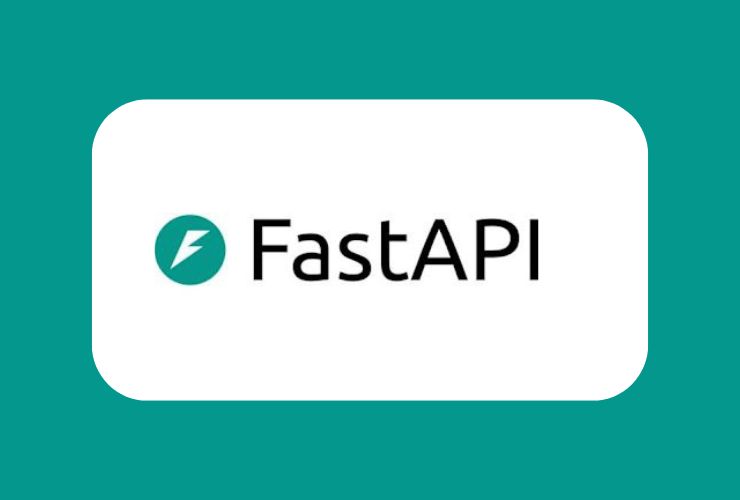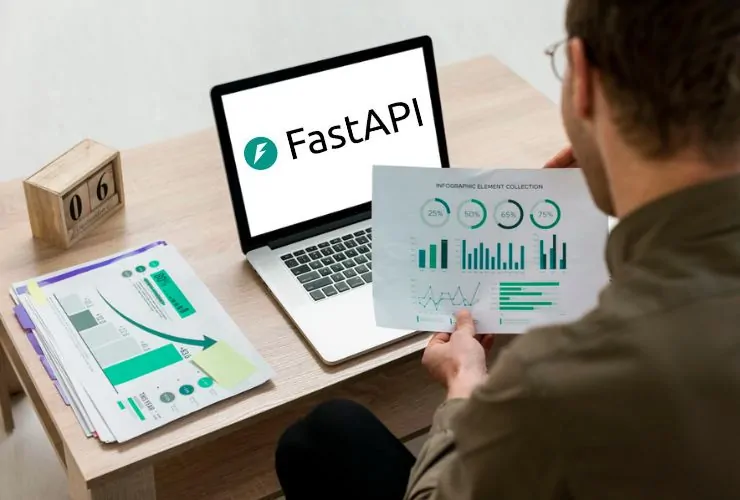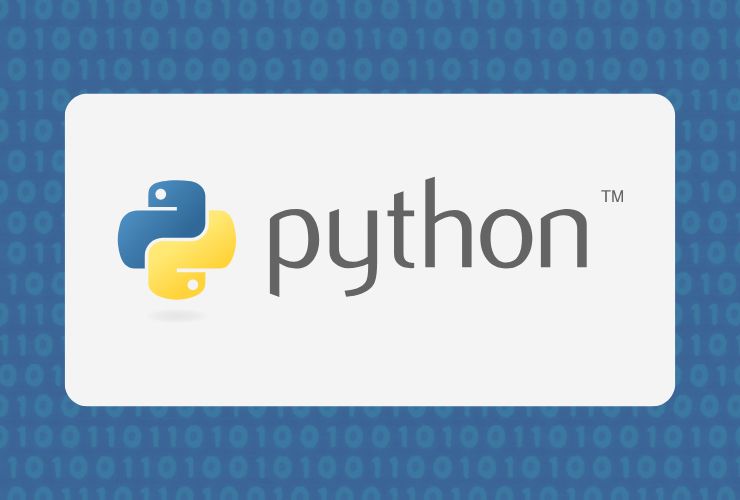In the rapidly changing field of web development, FastAPI has become a prominent Python framework for creating contemporary, high-performance APIs. Its unique combination of speed, scale, and developer-friendly features allows startups, tech companies, and major corporations to all choose FastAPI. Whether implemented in a real-time application, microservices architecture, or more complex systems, FastAPI gives developers the ability to build faster and more robust solutions with minimal cost. This is one of the growing trends associated with FastAPI in the API development space.
1. Speed and Performance
FastAPI is based in Starlette and Pydantic, which includes Python’s async at its core, to create high-performance APIs that are highly capable of managing tens of thousands of requests concurrently. When benchmarked, FastAPI approaches or exceeds Node.js and Go speeds, making it one of the fastest Python frameworks available today. Because it is async, developers can create highly scalable applications without dropping performance when implementing applications such as real-time chat messaging applications, a playout for an IoT-based platform, or even a financial application.
2. User-Friendly and Developer-Friendly
FastAPI has automatic interactive API documentation with Swagger UI and ReDoc, allowing developers to quickly test endpoints and document to share with their teams. FastAPI’s clean and hopefully intuitive syntax, support for Python type hints, and automatic input validation streamlines the process of development. Developers spend less time debugging and can dedicate a lot more time to building feature-rich APIs. FastAPI is suitable for small teams and for enterprise-scale projects.
3. Asynchronous Support for Modern Applications
FastAPI provides a first-class experience for asynchronous programming with async and await, which is very useful for developers that want to build systems to support high-concurrency as a regularity, background tasks, or anywhere that you want to build a real-time application. For example, streaming APIs, live notifications, and chat services to package a few, don’t need to consider blocking the operation. FastAPI is a premier choice for projects that require real-time data to be processed.
4. Built-in Data Validation and Serialization
FastAPI uses Pydantic models to automatically validate request data, convert types, and serialize responses. This built-in data validation guarantees that APIs have correct input and output other than structured and reliable data. FastAPI also speeds up developers to reduce boilerplate code stops code duplication. FastAPI lets businesses have safe or secure and reliable APIs that reduces errors and increases integrity in the system overall.
5. Scaling for Growing Apps
FastAPI scales easily for your prototype, startup application, or large enterprise applications. In fact, its modular architecture empowers developers to create microservices, containerize applications in Docker, and deploy to cloud platforms like AWS, Azure, or Google Cloud with no real friction. This makes FastAPI an excellent option for any organization that plans to scale, integrate multiple services, and manage traffic without the burden of architectural changes.
6. Powerful Security
Security is key to modern API development, and FastAPI embraces the sector’s need for built-in support for OAuth2, JWT authentication, API key security, and role-based access control. Developers can build secure APIs quickly without the burden of needing multiples third-party tools. As a result, sensitive user data and enterprise applications remain secure from unauthorized access and can help the organization meet compliance around regulations like GDPR, HIPAA, or PCI DSS.
7. Integrations
FastAPI integrates with popular relational databases and caching solutions like Redis, message queues with RabbitMQ or Kafka, or even machine learning frameworks. This gives developers the power to develop data-driven, intelligent applications. In other words, FastAPI helps customers build applications ranging from e-commerce to machine-learning-based recommendations, all while allowing businesses to adopt the latest technologies without rewriting the API layer.
8. Thriving Community and Expanding Ecosystem
FastAPI has a vibrant community of developers, and the documentation is extensive. Developers gain access to out-of-the-box packages, tutorials, and meeting spaces (forum posts) you can use for support. The community does not merely slow the learning process, but it also reduces bottlenecks during development and allows organizations to benefit from schools of thought and solutions that have clearly worked in the past.
Conclusion
FastAPI has rapidly gained a reputation as a framework of choice for modern API development thanks to its outstanding combination of speed, simplicity, scalability, security, and flexibility. Whether you are developing real-time applications, complex microservices, or enterprise-level APIs FastAPI allows developers to deliver solutions that are high performing, reliable, and maintainable.
Using FastAPI will allow organizations to build accessible, reliable, and secure Python APIs, remit solutions that meet the demands of our modern and fast-paced web, ensure solutions are seamlessly integrated with technologies modern web develoment and deliver efficient, responsive and secure applications to end users.










